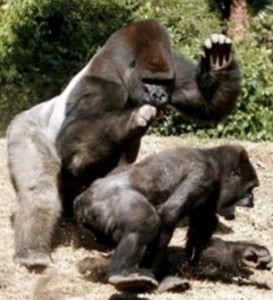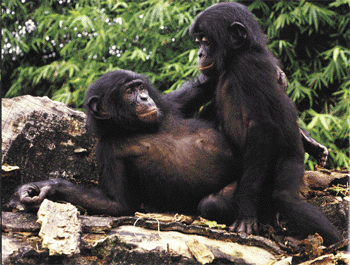Disclaimer:
This scapegrace website has no connection with any of the organisations involved in the 2nd Australian Survey on Sexual Health and Relationships (ASHR-2). Jerusalem “Jaime” Mortimer isn’t a member of the research team, and has no official connection with any of the organisations involved.
There’s a problem with the ASHR-2 website, which they’re working on as fast as possible. But that means the results aren’t up yet. So I’ve decided to post the highlights in the meantime, since this is now public information.
1 What is ASHR-2?
The Australian Study of Health and Relationships (ASHR) is our most important study of sexual and reproductive health. Conducted once a decade, it gives a snapshot of the sexual health and well-being of the Australian population. The study provides information essential for the development of policy and the delivery of sexual and reproductive health programs across Australia, and for understanding Australia’s sexual culture.
They interviewed 20,094 men and women aged 16–69 between October 2012 and November 2013 using random digit dialling of landline and mobile phones. Computer-assisted interviewing by professional health interviewers tailored the questionnaire to each individual.
It’s the biggest and most comprehensive survey on sexual behavior and attitudes in the world.
Here are some key findings:
First times
- In the sample as a whole, the median (middle) age at first vaginal intercourse was 17
- About 50% of people had had intercourse for the first time when aged 16, 17 or 18
- Although people who were born in the 1940s had first intercourse at a later age than those born in the 1960s and 1970s, there has been no significant decline in the age at first intercourse since the first ASHR survey a decade ago
- Since the first ASHR survey, the proportion of men who had first intercourse before 16 has gone down from 22% to 19%, and the proportion of women who did so has gone up from 13% to 16%
- Men (39%) were more likely than women (19%) to have first intercourse with a casual partner
- The use of protection (condoms or other contraception) at first intercourse has continued to increase. Less than 20% of people used protection at first intercourse during the 1950s, but over 90% did so in the 2000s.
- Experience of oral sex (cunnilingus or fellatio) has become more common. A decade ago, among people aged 16–59, 79% of men and 67% of women had ever had oral sex, but now 88% of men and 86% of women have done so.
- People also experience oral sex earlier. Among people under 20, 21% of men and 17% of women had had oral sex before they had intercourse, but this was true of only 3% of men and women in their 60s
How many partners?
- On average, men said they had had sex (vaginal intercourse, oral sex or manual stimulation) with 18 women
- On average, women said they had had sex (intercourse, oral or manual) with 8 men
- The lifetime number of sexual partners (i.e. anyone they had sex with) reported by women has increased since the first ASHR a decade ago
- Among men in general, the average (mean) number of lifetime male partners was 3, but among gay and bisexual men it was 96, reflecting higher rates of casual sex between men
- Among women in general, the average (mean) number of lifetime female partners was 0.3, but among the lesbian and bisexual women it was 6.
Sexual practices
Masturbation
- 72% of men and 42% of women had masturbated in the past year
- Men were more likely than women to have masturbated in the past 4 weeks
- Men who masturbated did so more often (on average 6 times in the past 4 weeks) than women (3 times in the past 4 weeks)
At the most recent sexual encounter
- At the most recent male–female encounter, 73% had sex with a live-in partner, 17% with a regular partner they did not live with, and 8% with a casual or occasional partner
- 94% of people had vaginal intercourse
- 82% of men and 73% of women reported manual stimulation of the woman by the man
- 71% of men and 70% of women reported manual stimulation of the man by the woman
- 31% of men and 23% of women reported cunnilingus (man’s mouth on woman)
- 27% of men and 24 of women reported fellatio (woman’s mouth on man)
- Less than 1% reported anal intercourse
- 92% of men and 66% of women had an orgasm
In the past year
- 63% of men and 20% of women had looked at pornography (print, film or online)
- 15% of men and 21% of women had used a sex toy such as a vibrator or dildo
- 7% of men and 4% of women had used the internet or a phone app to look for partners
In the past year, among those who had had sex with anyone in the past year
- 17% had done or received anal stimulation with the fingers
- 6% had done or received oral anal stimulation (rimming)
- 8% had been involved in role playing or dressing up
- 2% had been involved in BDSM (bondage and discipline, ‘sadomasochism’ or dominance and submission)
These questions were not asked of anyone who expressed discomfort with the topic.
















